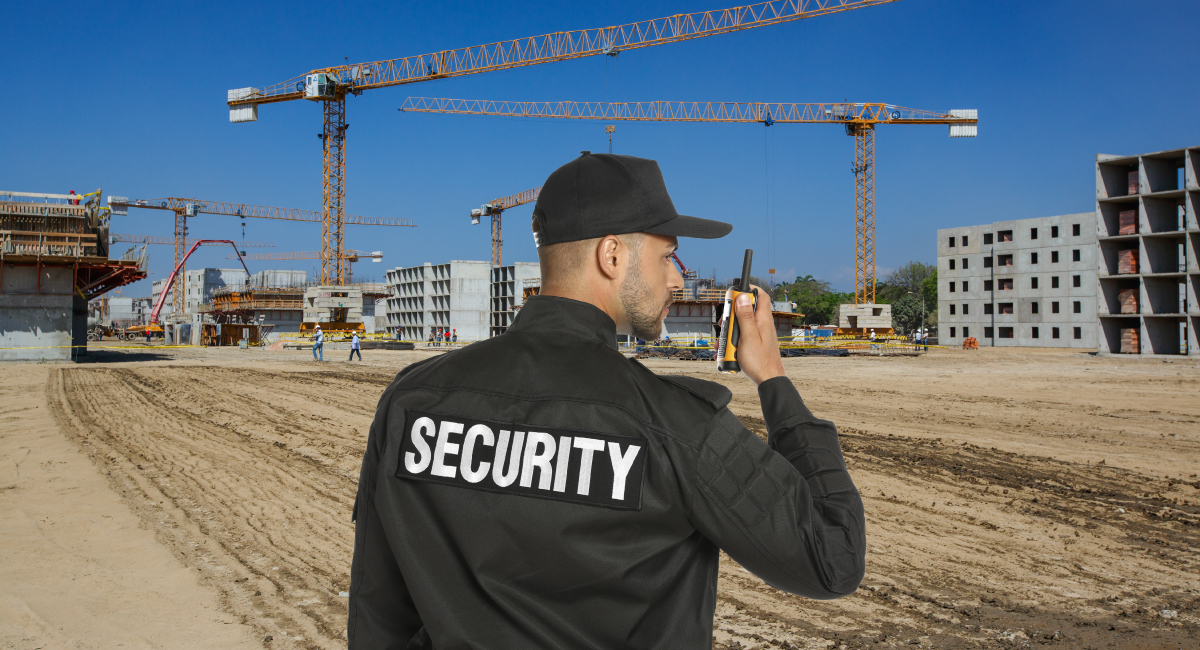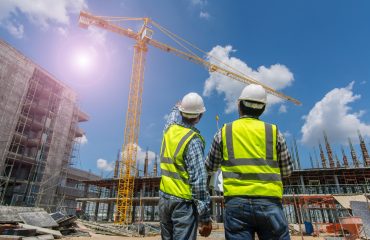Construction sites are bustling hubs of activity, filled with valuable equipment, materials, and workers who bring blueprints to life. However, these sites are also vulnerable to various risks, from theft and vandalism to accidents and unauthorized access. Ensuring the safety and security of a construction site is not just about protecting assets—it’s about safeguarding the entire project, from start to finish. This guide will explore essential strategies and best practices to help you establish inclusive construction security, ensuring a safe and successful project.
Alpine Protection Services
Alpine Protection Services is a leading provider of tailored security services, dedicated to safeguarding businesses, residential properties, and construction sites with the highest level of professionalism and expertise. With a team of highly trained security professionals and state-of-the-art technology, Alpine Protection Services ensures that every client receives a customized security plan designed to meet their specific needs. Whether it’s 24/7 surveillance, access control, or emergency response, Alpine Protection Services is committed to delivering reliable and effective protection, giving you peace of mind and confidence in the safety of your assets and people.
Understanding Its Importance
Construction sites are often targets for theft, vandalism, and trespassing due to the high value of the materials and equipment present. Construction site security is crucial not only to protect these assets but also to ensure the safety of workers and the public. A breach in security can lead to significant financial losses, project delays, and even legal issues. By implementing effective security measures, you can mitigate these risks and create a safer environment for everyone involved.
Assessing the Security Needs of Your Construction Site
Before implementing security measures, it’s important to assess the specific needs of your construction site. Factors such as location, the size of the project, and the type of materials used will influence your security strategy. For example, a site in a high-crime area may require more intensive security measures than a site in a rural location. Conducting a thorough risk assessment will help you identify potential vulnerabilities and prioritize your security efforts.
Establishing a Perimeter
One of the most effective ways to secure a construction site is by establishing a strong perimeter. Fencing, barriers, and gates can prevent unauthorized access and serve as a deterrent to potential intruders. It’s important to choose the right type of fencing for your site, considering factors such as height, material, and the possibility of adding additional security features like barbed wire or electric fencing. In addition to physical barriers, consider implementing access control measures at entry and exit points. These could include security guards, ID checks, and visitor logs to monitor who enters and leaves the site. By controlling access, you can significantly reduce the risk of theft, vandalism, and accidents.
Utilizing Technology for Enhanced Security
Technology plays a vital role in modern construction site security. Surveillance cameras, motion detectors, and alarm systems can help monitor the site 24/7, providing real-time alerts in case of suspicious activity. When installing cameras, it’s important to cover all vulnerable areas, such as entry points, storage areas, and secluded sections of the site. In addition to surveillance, consider using drones for aerial monitoring of large construction sites. Drones can provide a bird’s-eye view, making it easier to spot potential security breaches or safety hazards. Integrating technology into your security strategy not only enhances site safety but also provides valuable data for incident reporting and analysis.
Securing Materials and Equipment
Construction sites are filled with expensive materials and equipment, making them prime targets for theft. To protect these assets, implement secure storage solutions, such as lockable containers, sheds, or toolboxes. Keep an inventory of all materials and equipment on-site, and perform regular audits to ensure nothing goes missing. For large or heavy equipment, consider using immobilizers or GPS tracking devices. Immobilizers can prevent unauthorized use, while GPS trackers allow you to monitor the location of your equipment in real-time. In case of theft, these devices increase the likelihood of recovery and help deter future incidents.
Implementing Lighting and Signage
Good lighting is an essential aspect of construction site security. Well-lit sites are less attractive to criminals, as the risk of being seen and caught is higher. Install floodlights or motion-activated lights in key areas, such as entry points, storage areas, and along the perimeter. In addition to lighting, signage is an effective way to deter unauthorized access. Signs indicating that the site is under surveillance, that trespassing is prohibited, and that security measures are in place can discourage potential intruders. Clear and visible signage also helps inform workers and visitors about safety protocols, reducing the risk of accidents.
Employing Security Personnel
Security personnel play a crucial role in maintaining construction site security. Depending on the size and needs of your site, you may choose to employ security guards, patrol services, or a combination of both. Security guards provide a visible deterrent to criminals and can respond quickly to any incidents that occur. For larger sites, consider hiring a mobile patrol service. Patrols can cover more ground and provide an additional layer of security, especially during off-hours when the site is most vulnerable. Ensure that your security personnel are trained in construction security protocols and are familiar with the layout and specific risks of your site.
Conclusion
Construction site security is a critical aspect of any building project. By taking the time to assess your site’s specific needs, establish a strong perimeter, utilize technology, and implement inclusive security protocols, you can protect your assets, ensure the safety of your workers, and keep your project on track. Remember that construction security is an ongoing process that requires regular review and adaptation. By prioritizing security and fostering a culture of awareness among your team, you can create a safe and secure environment that supports the success of your project.



